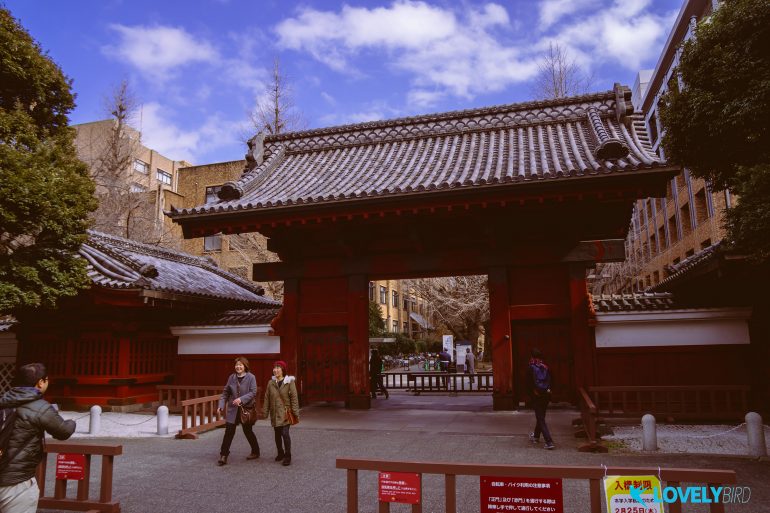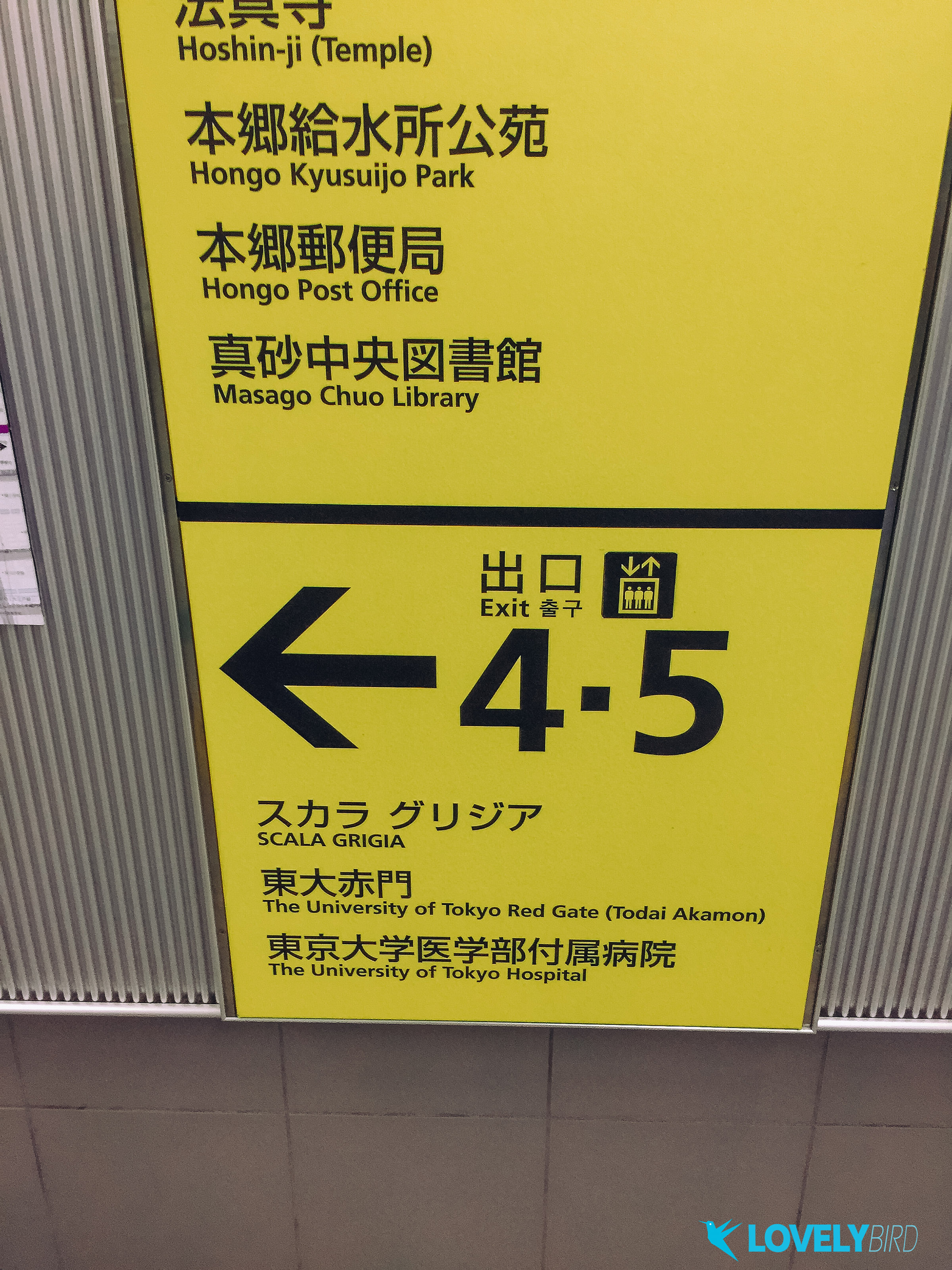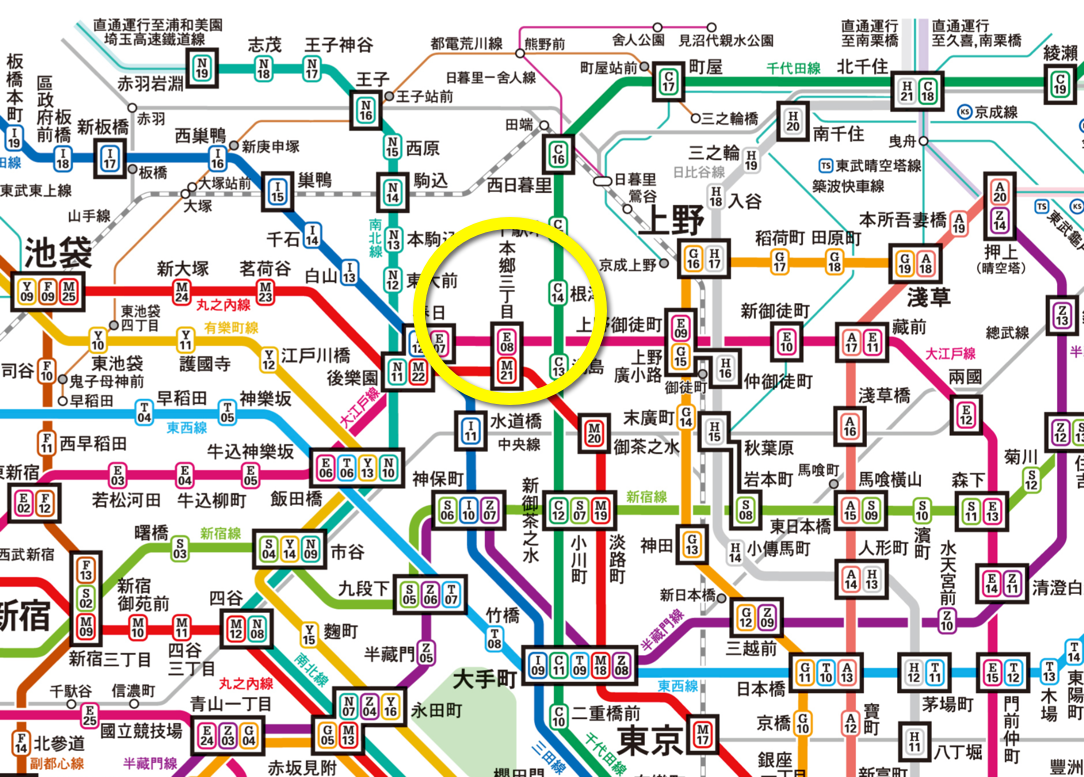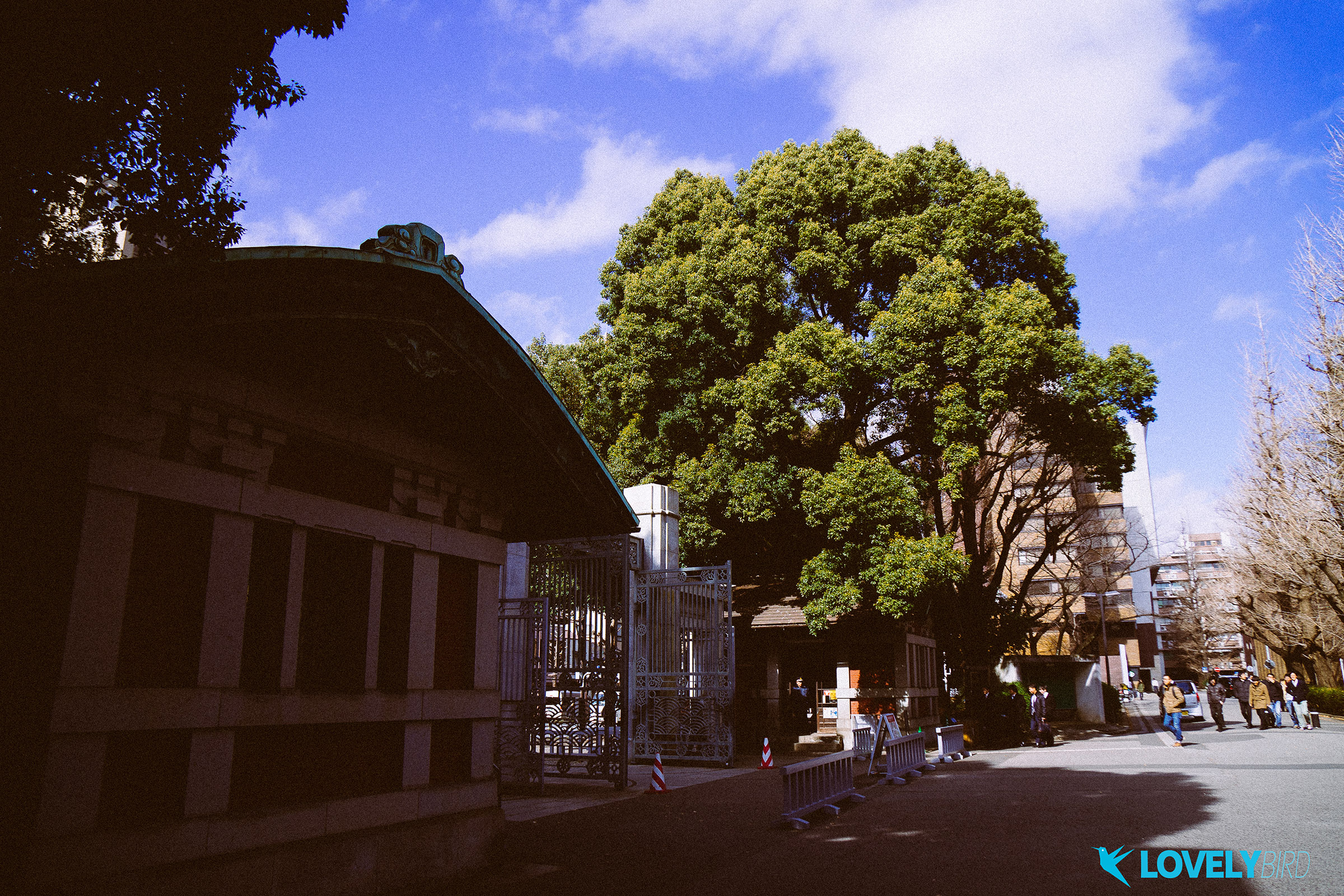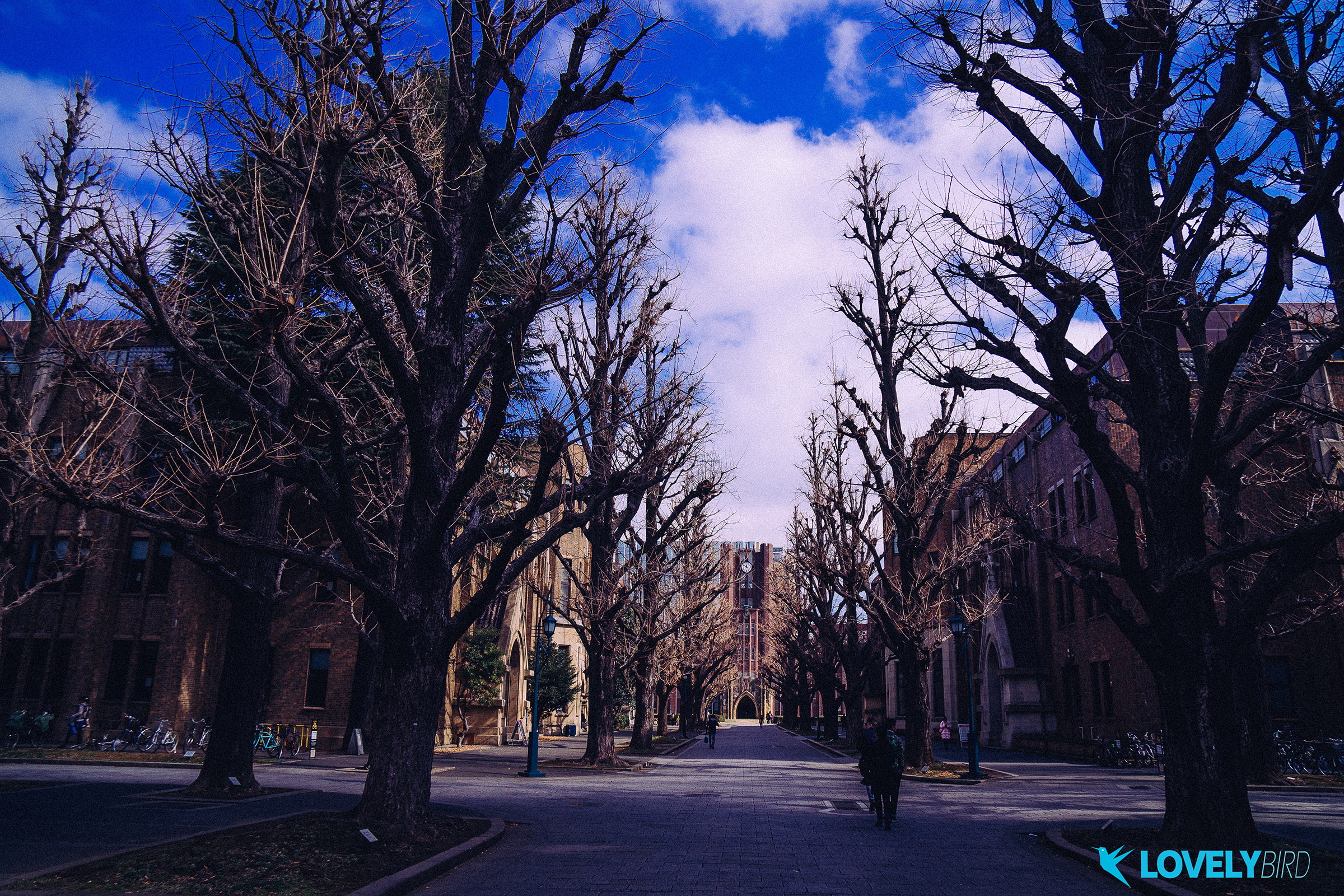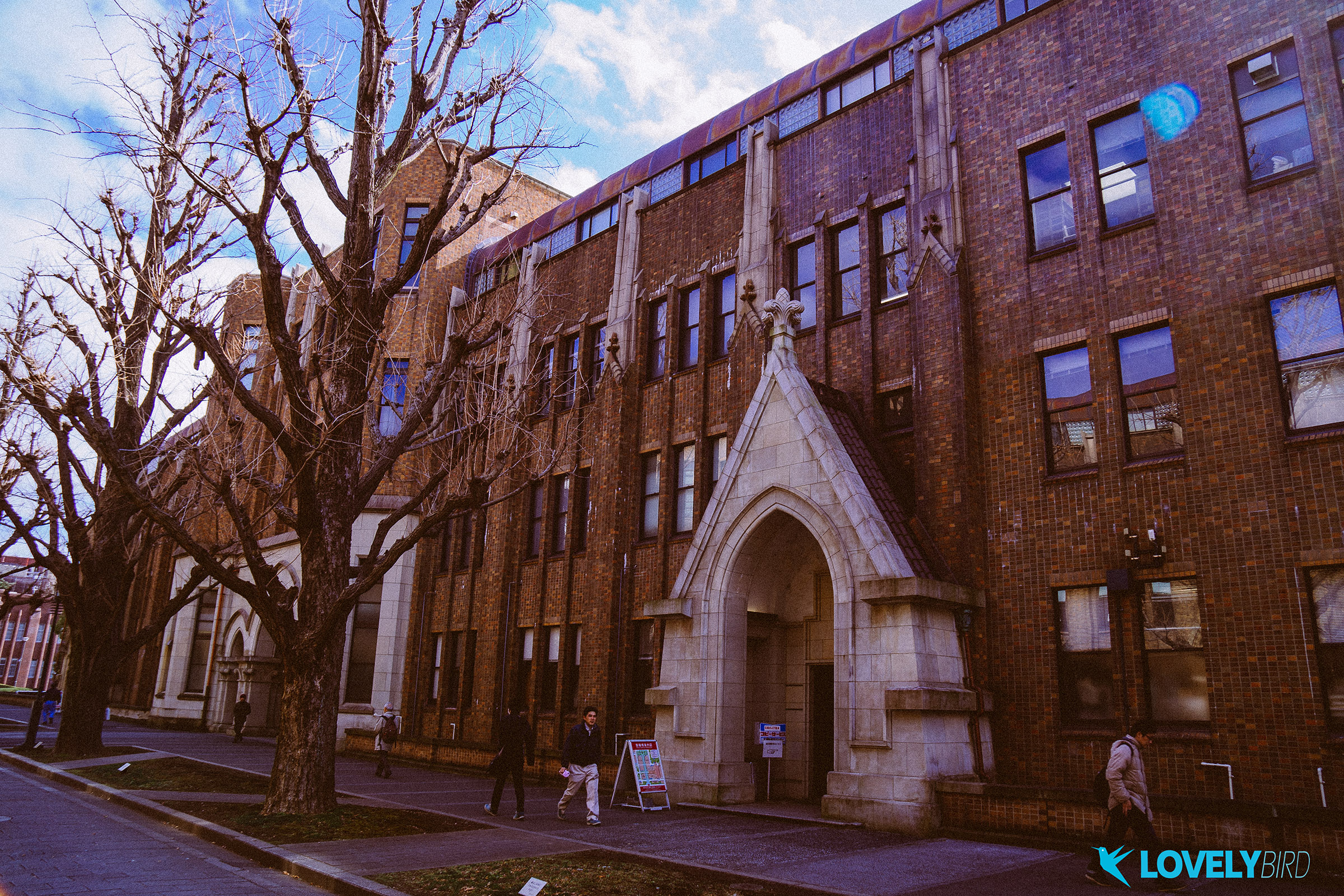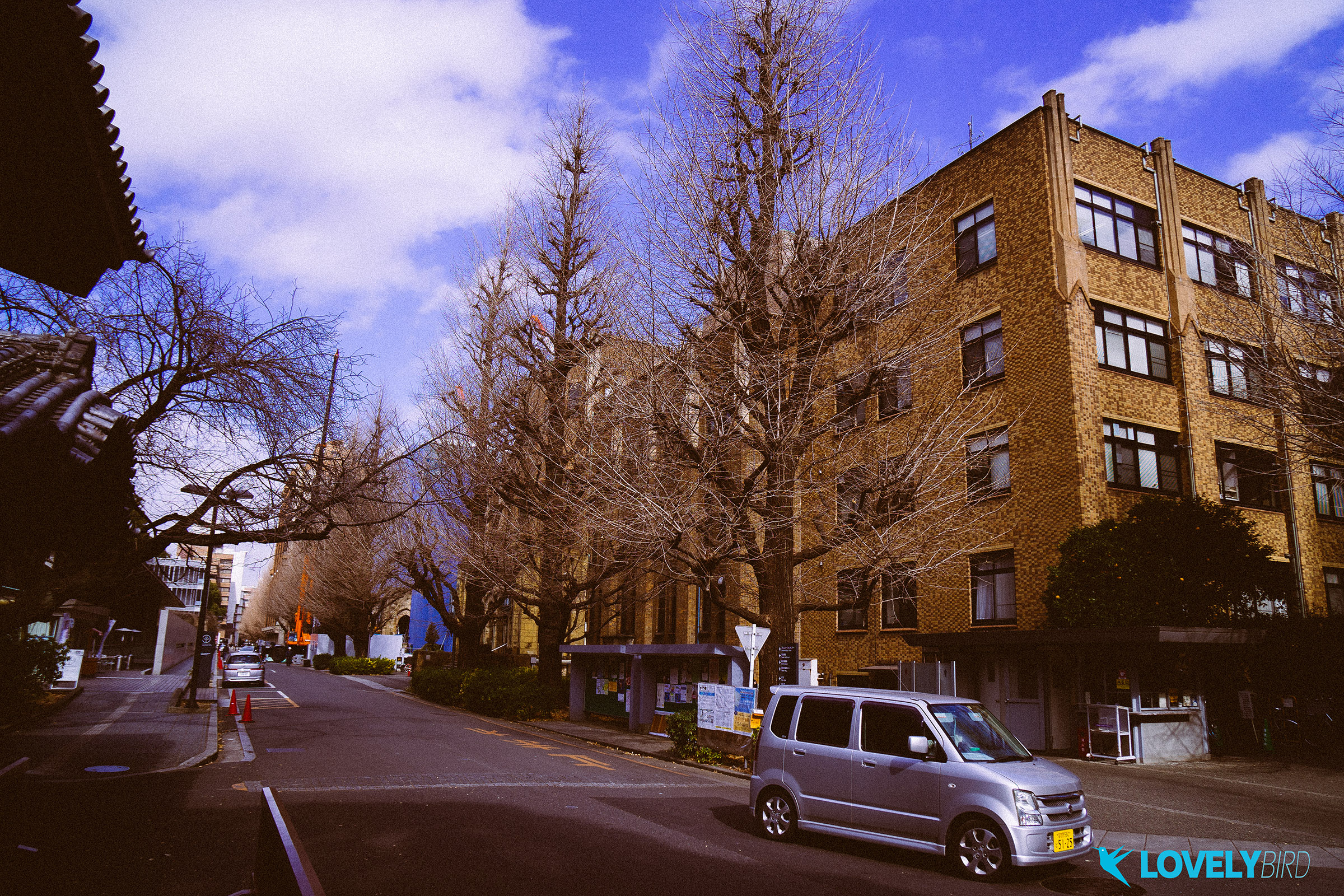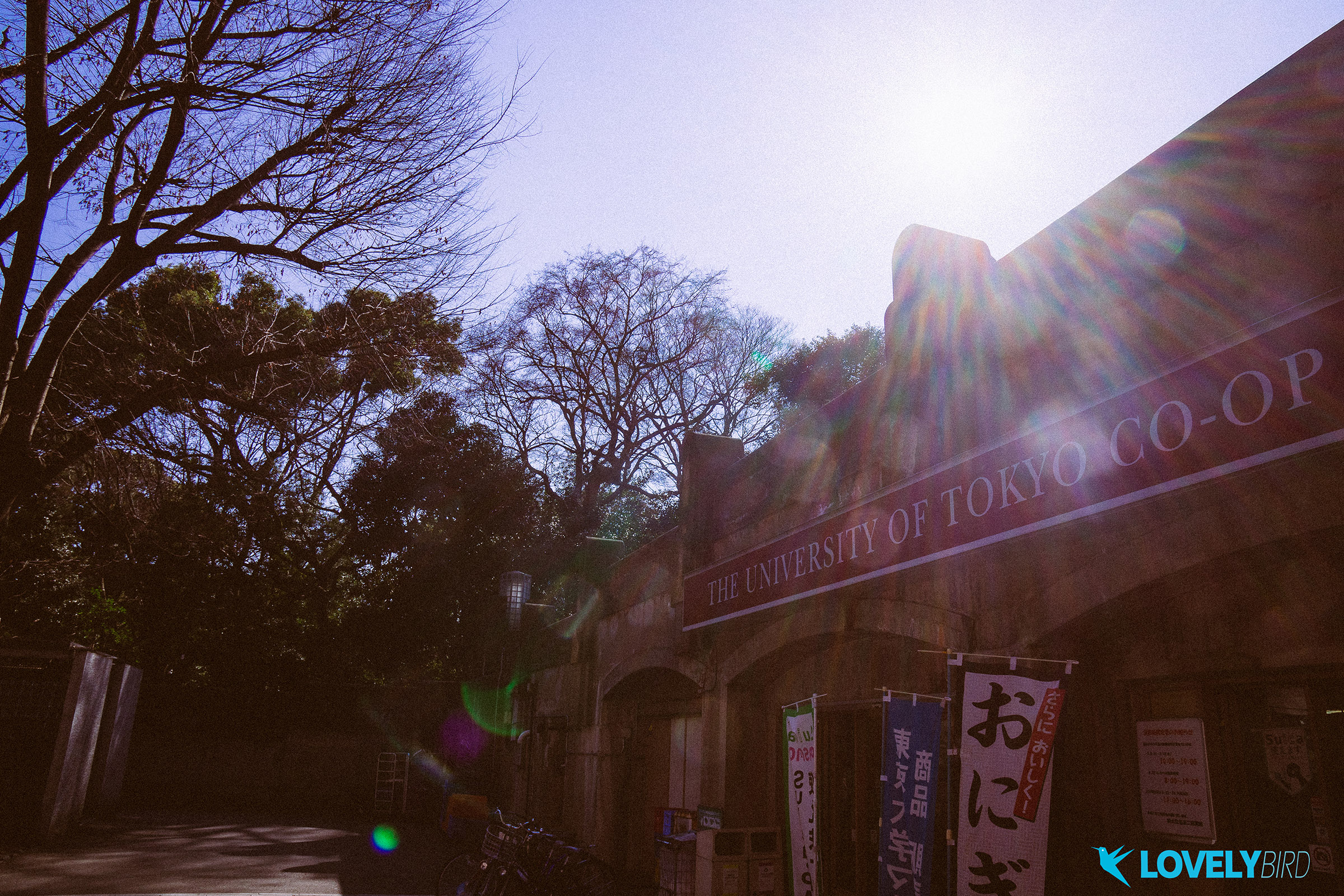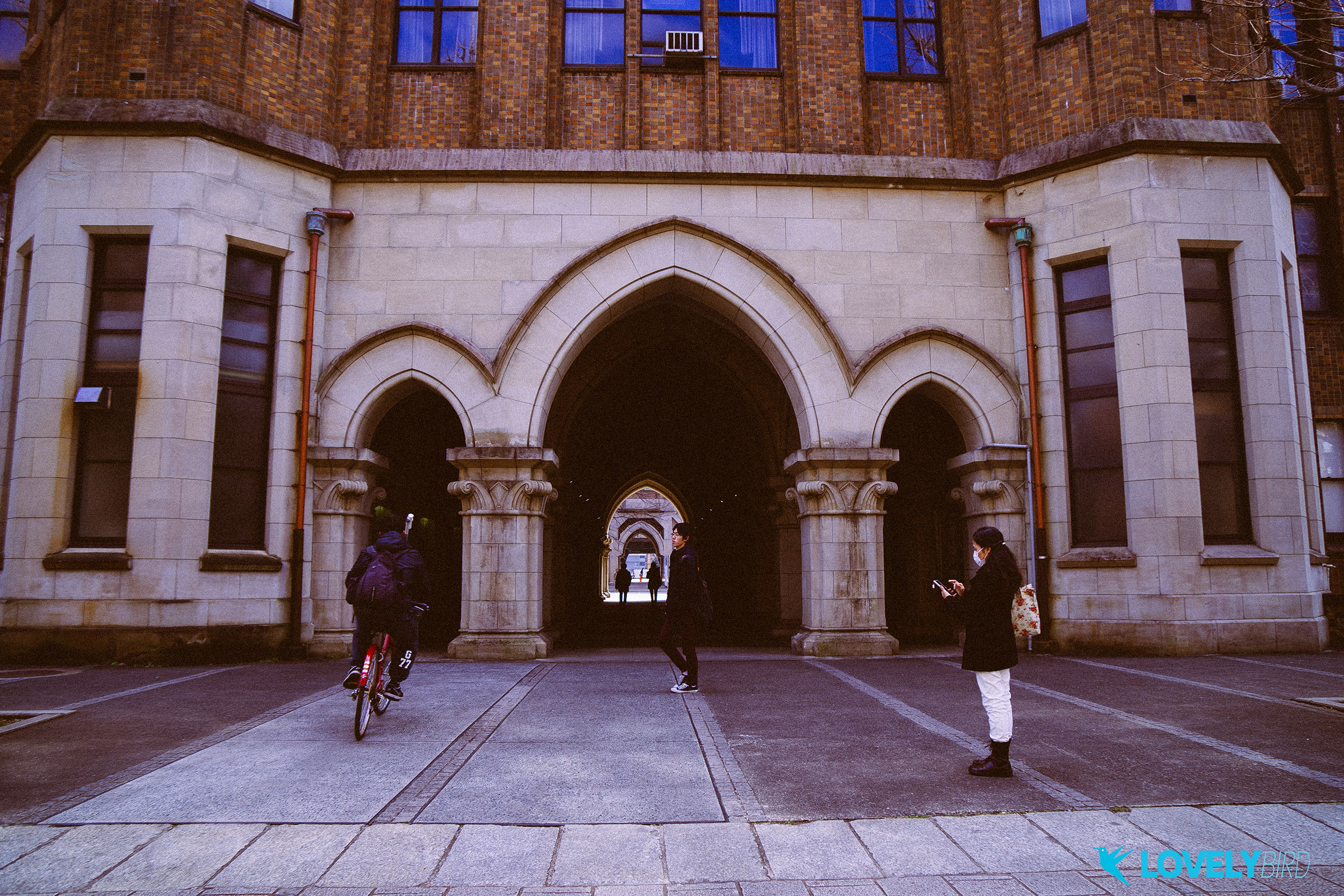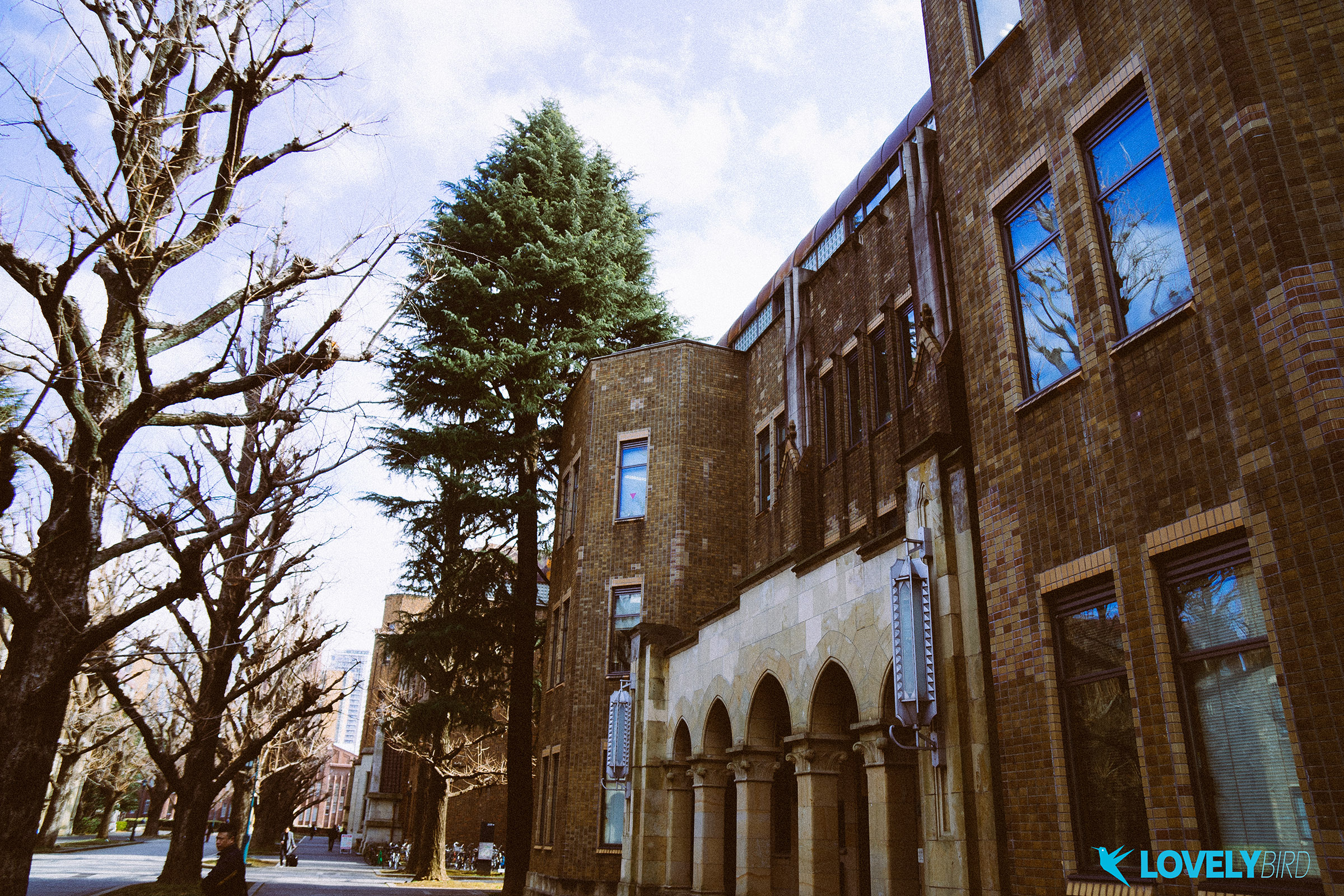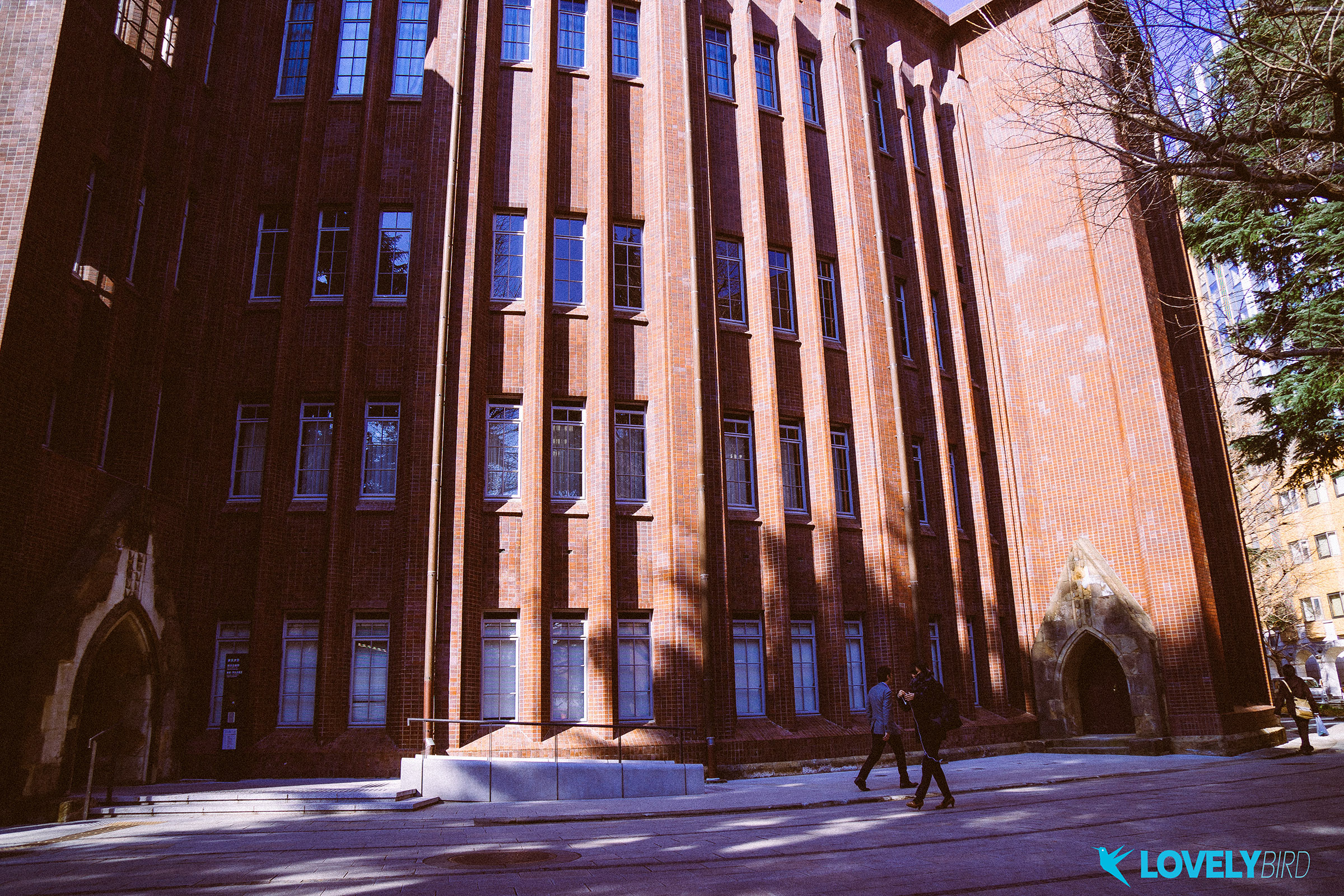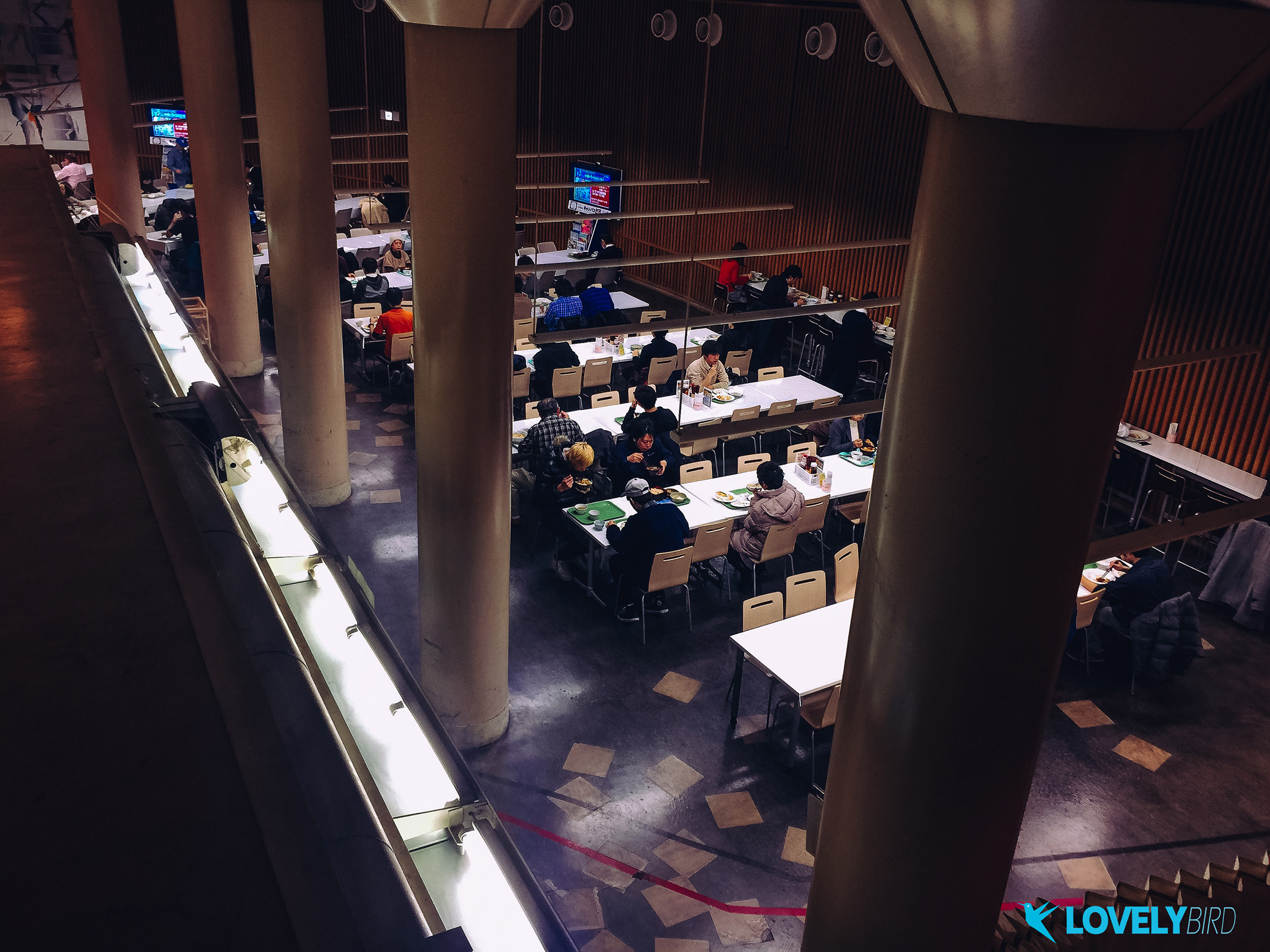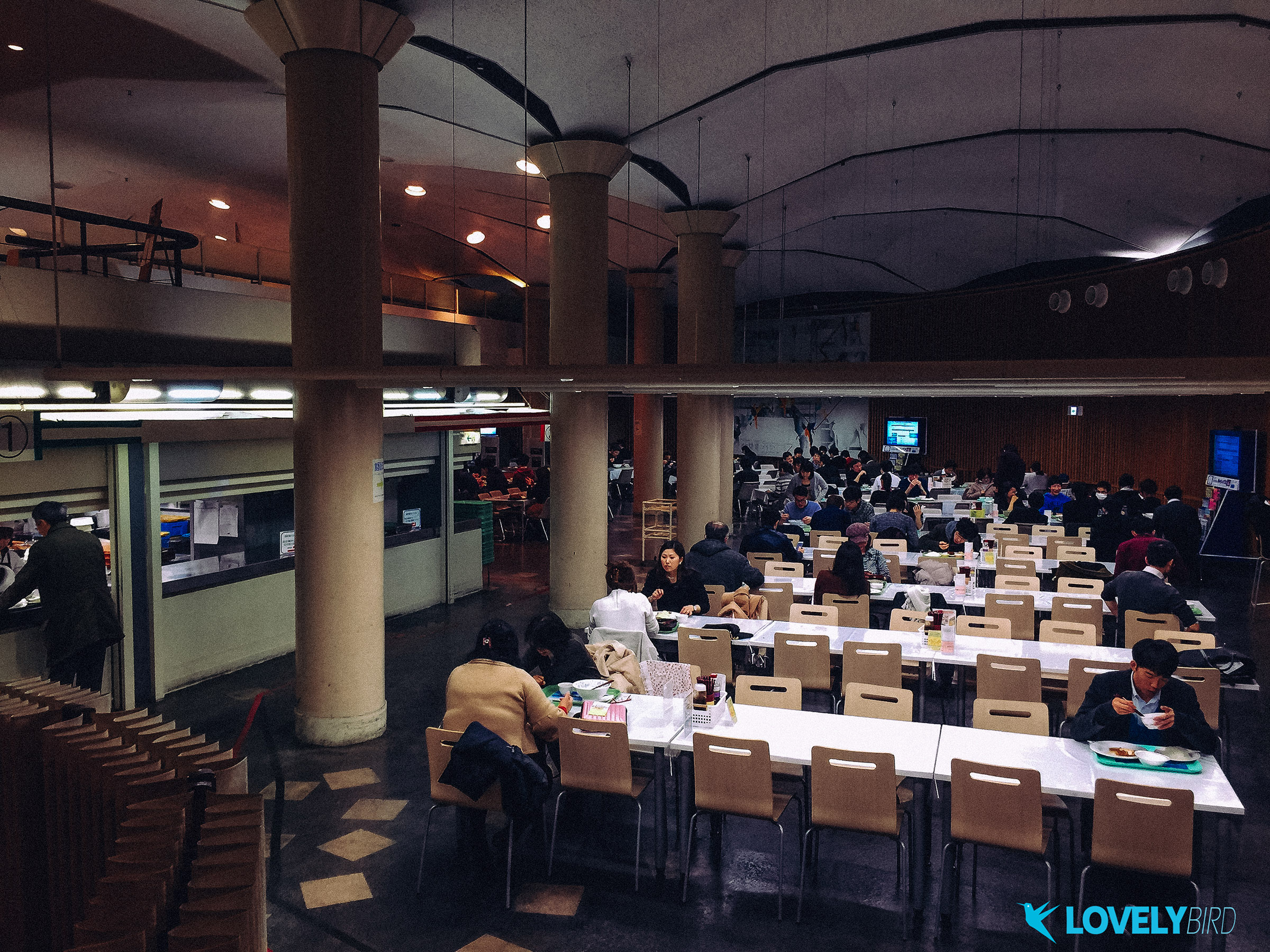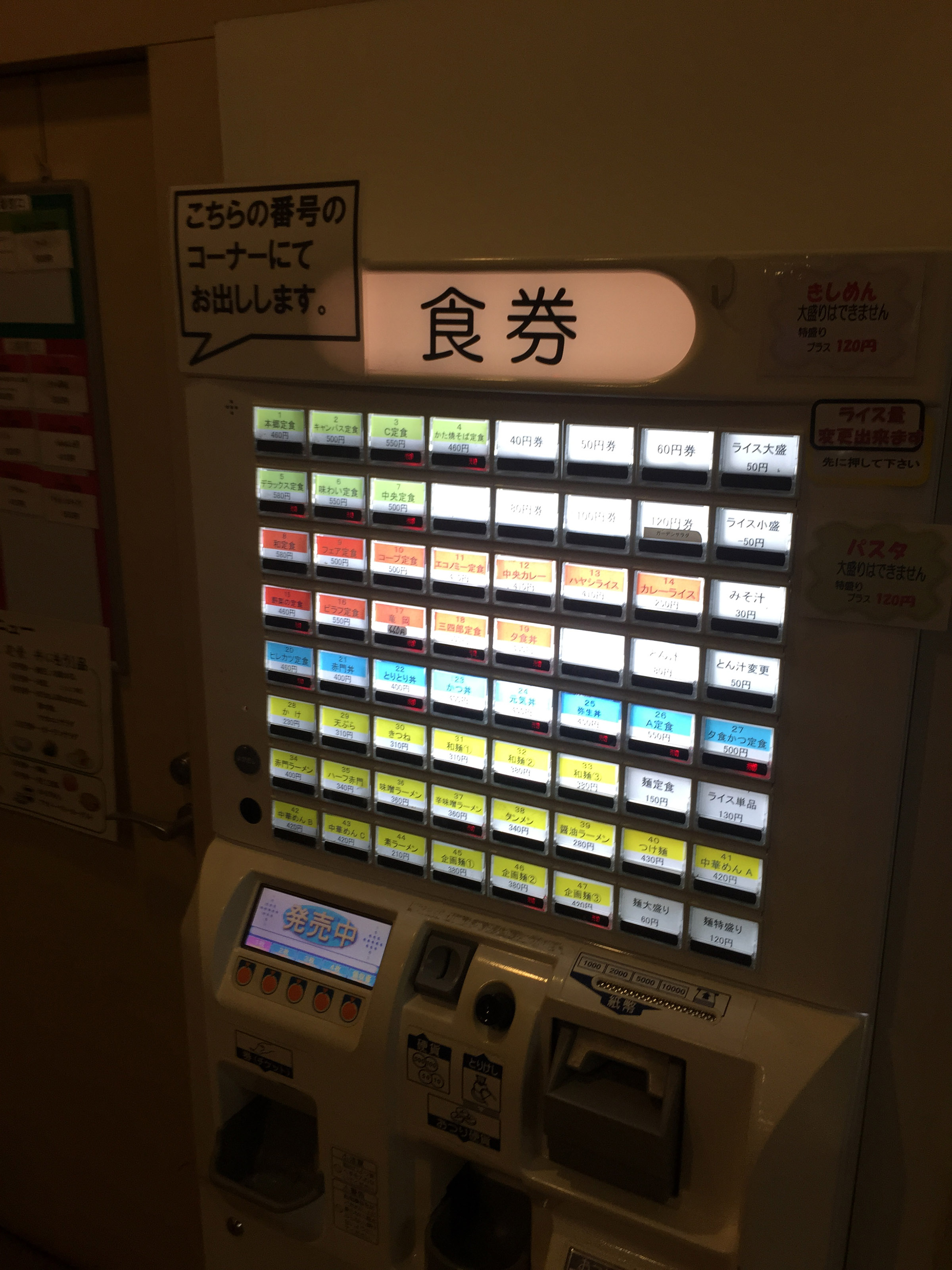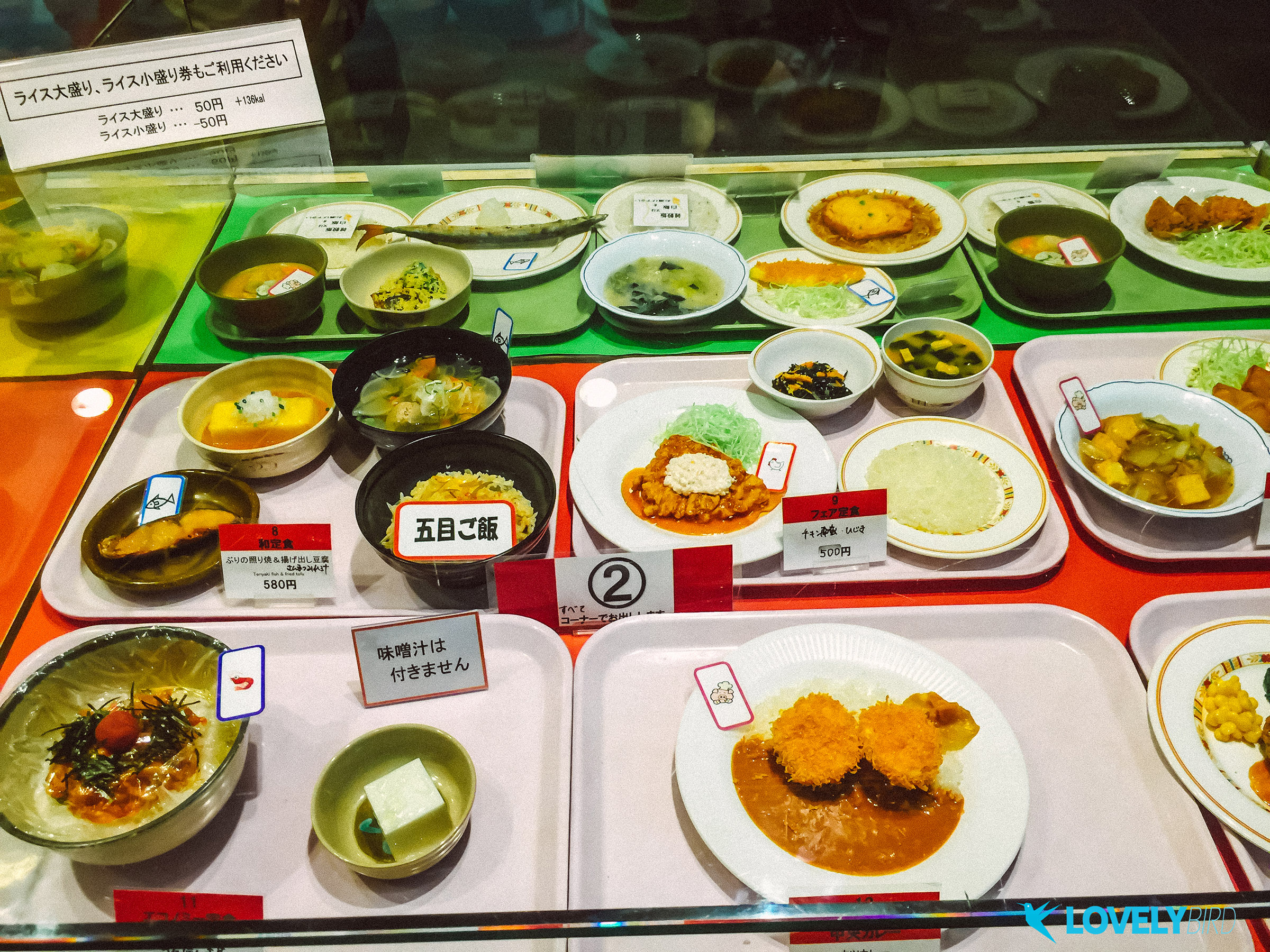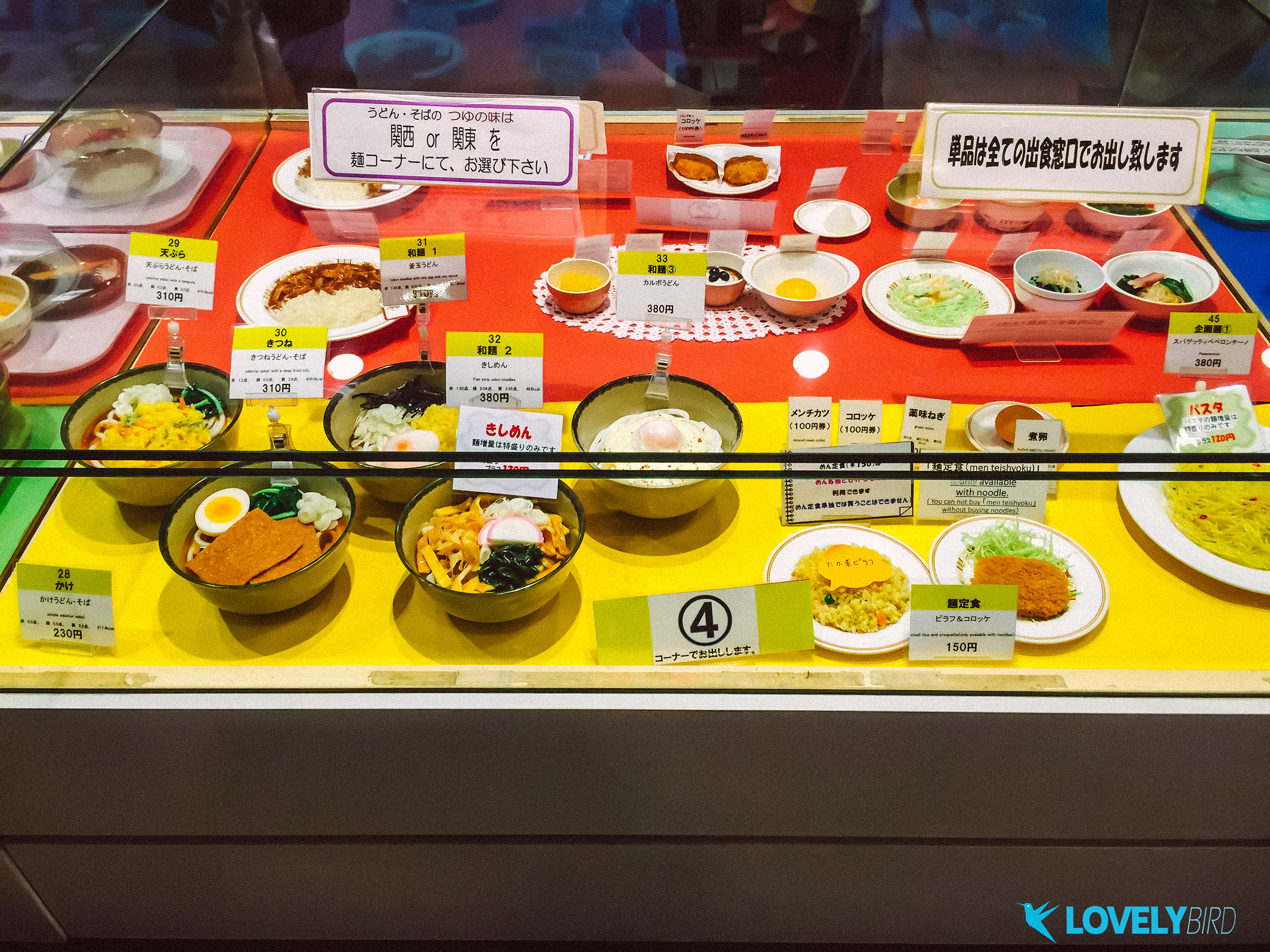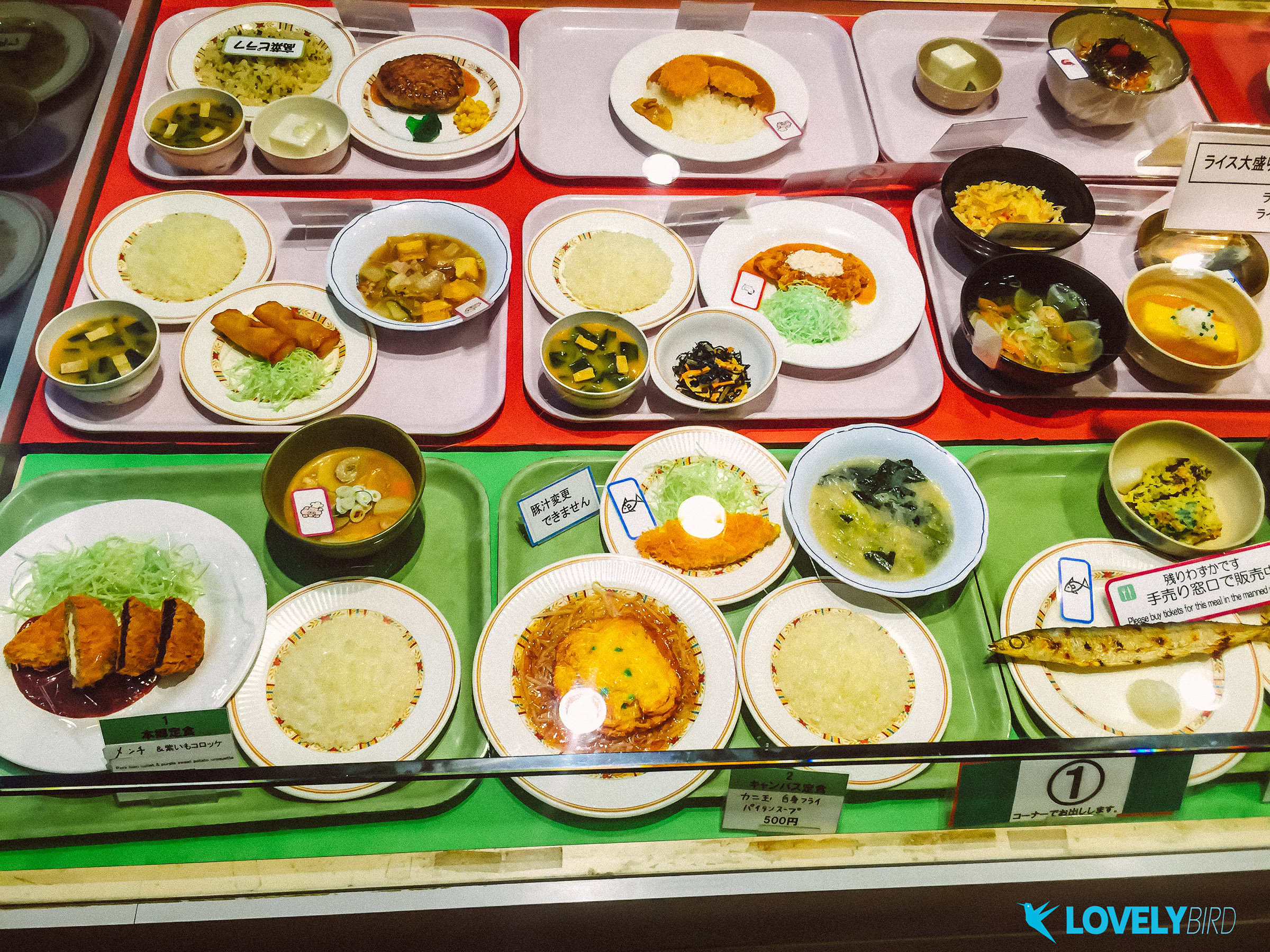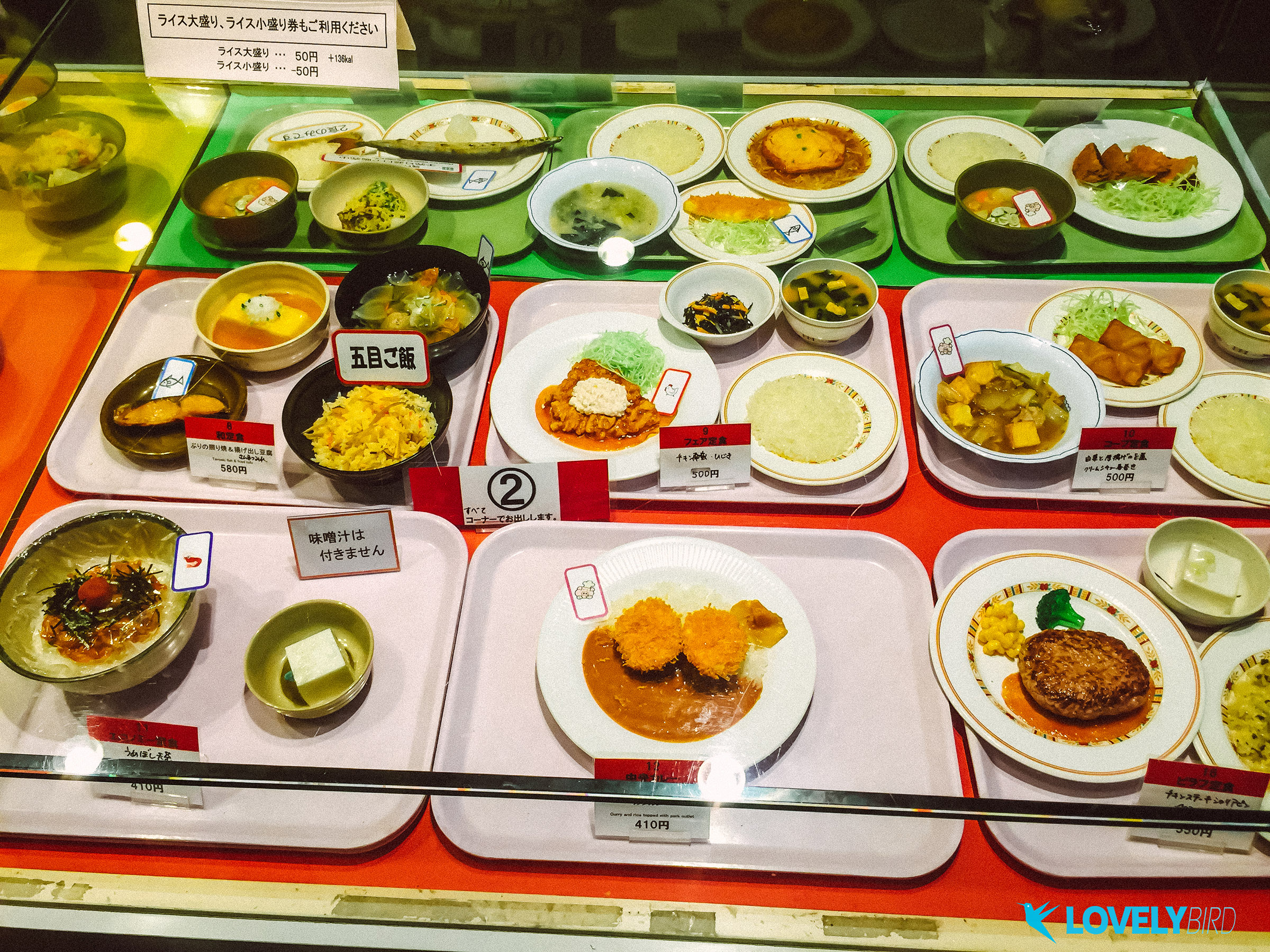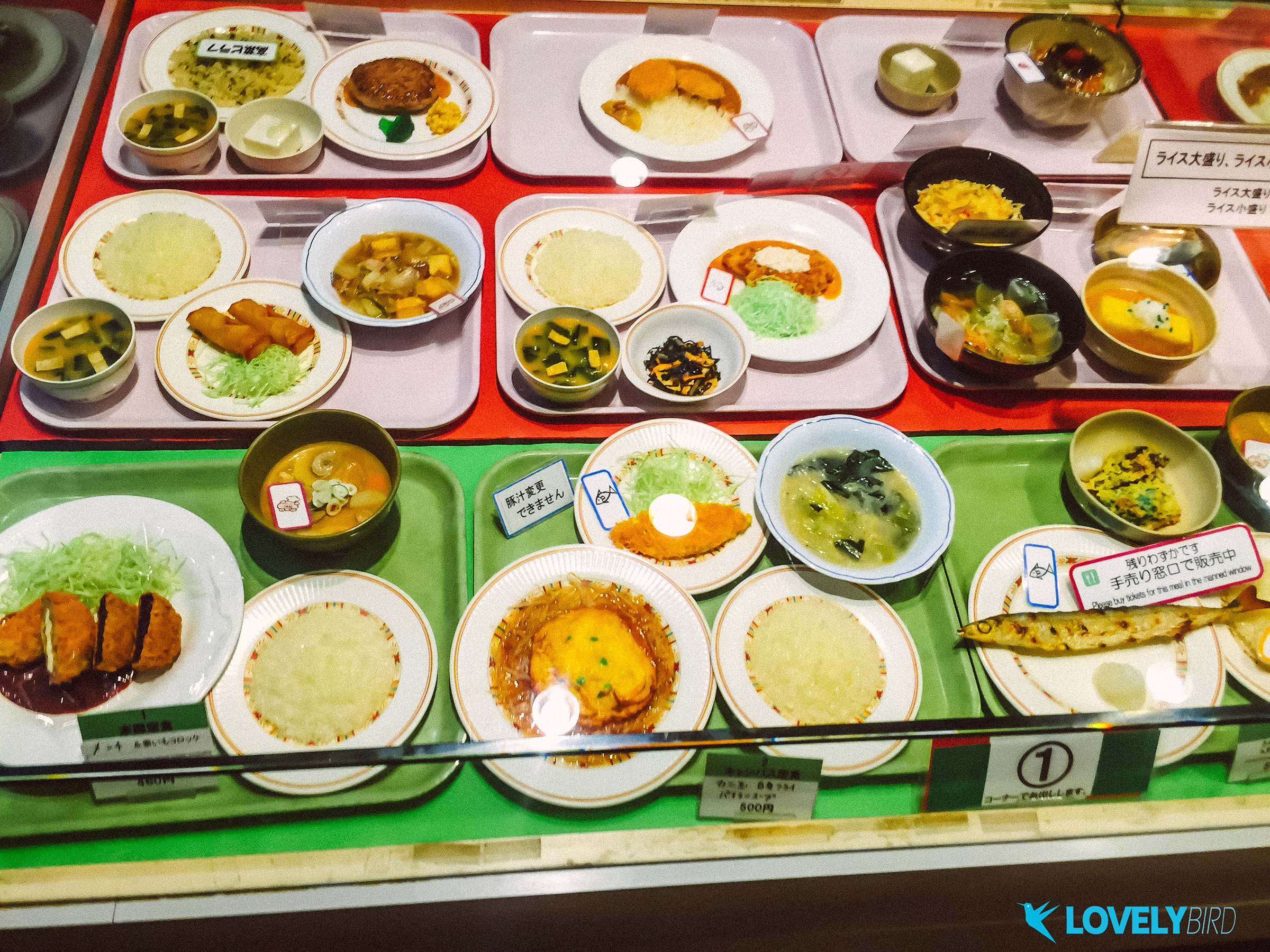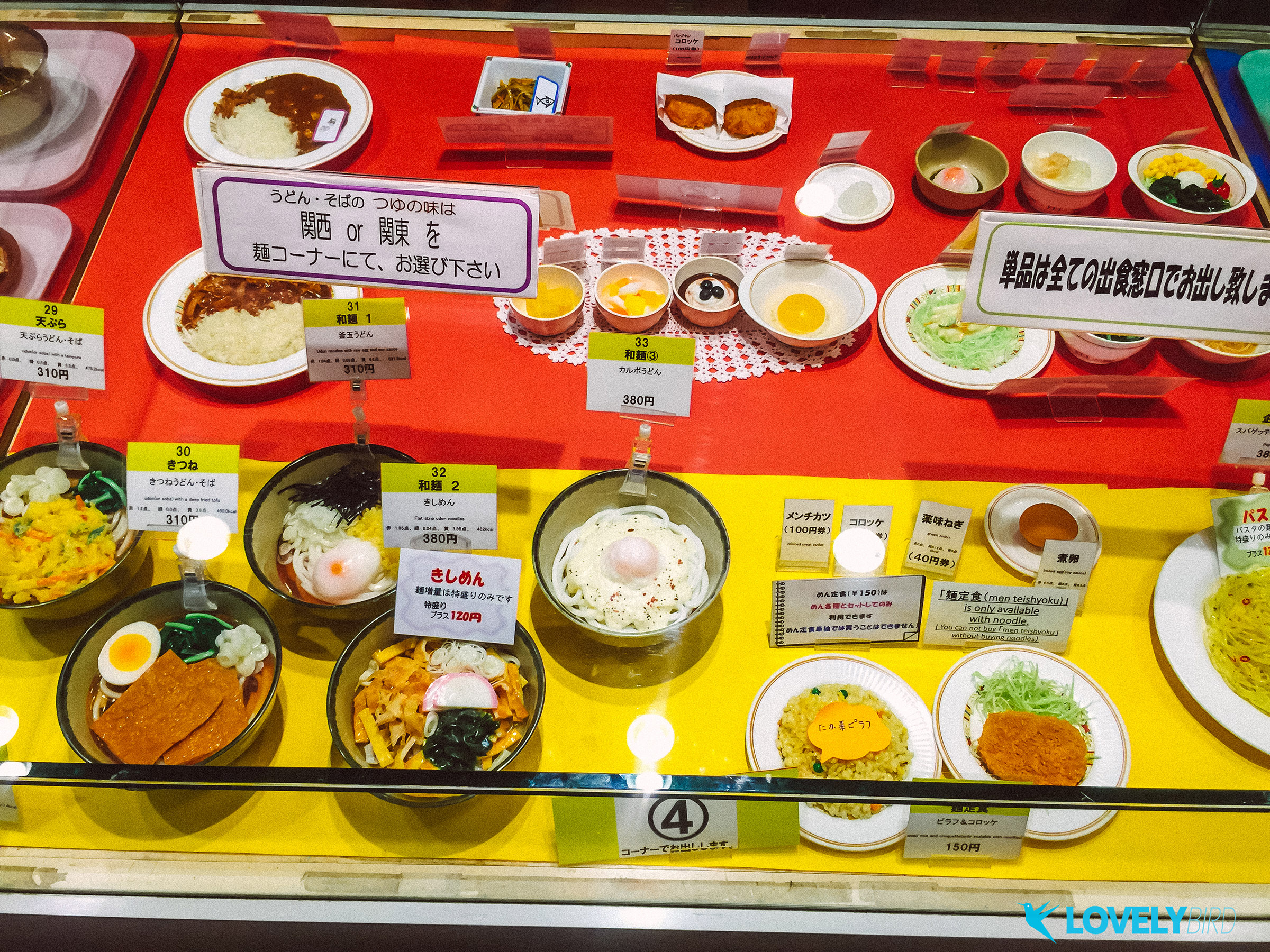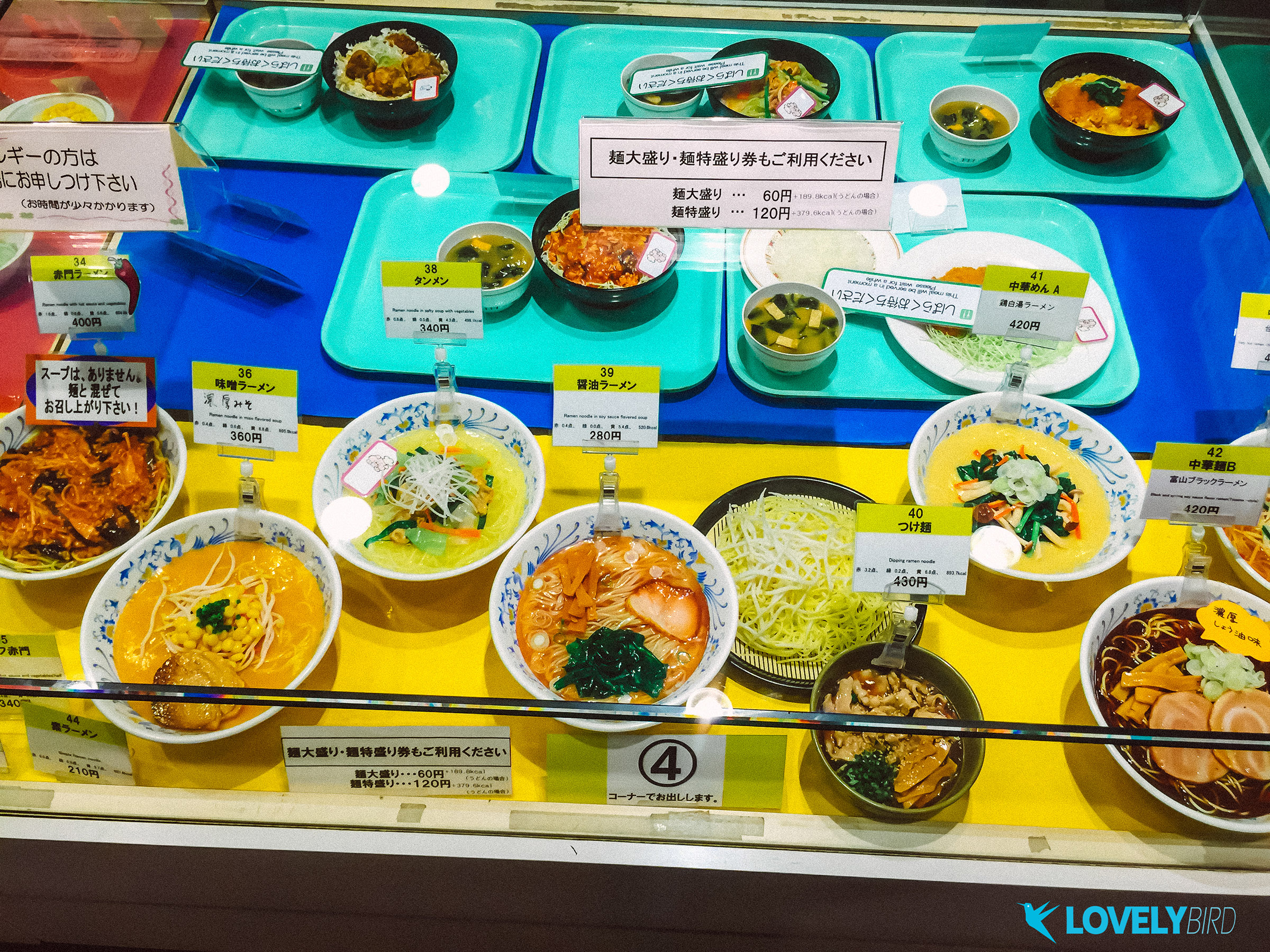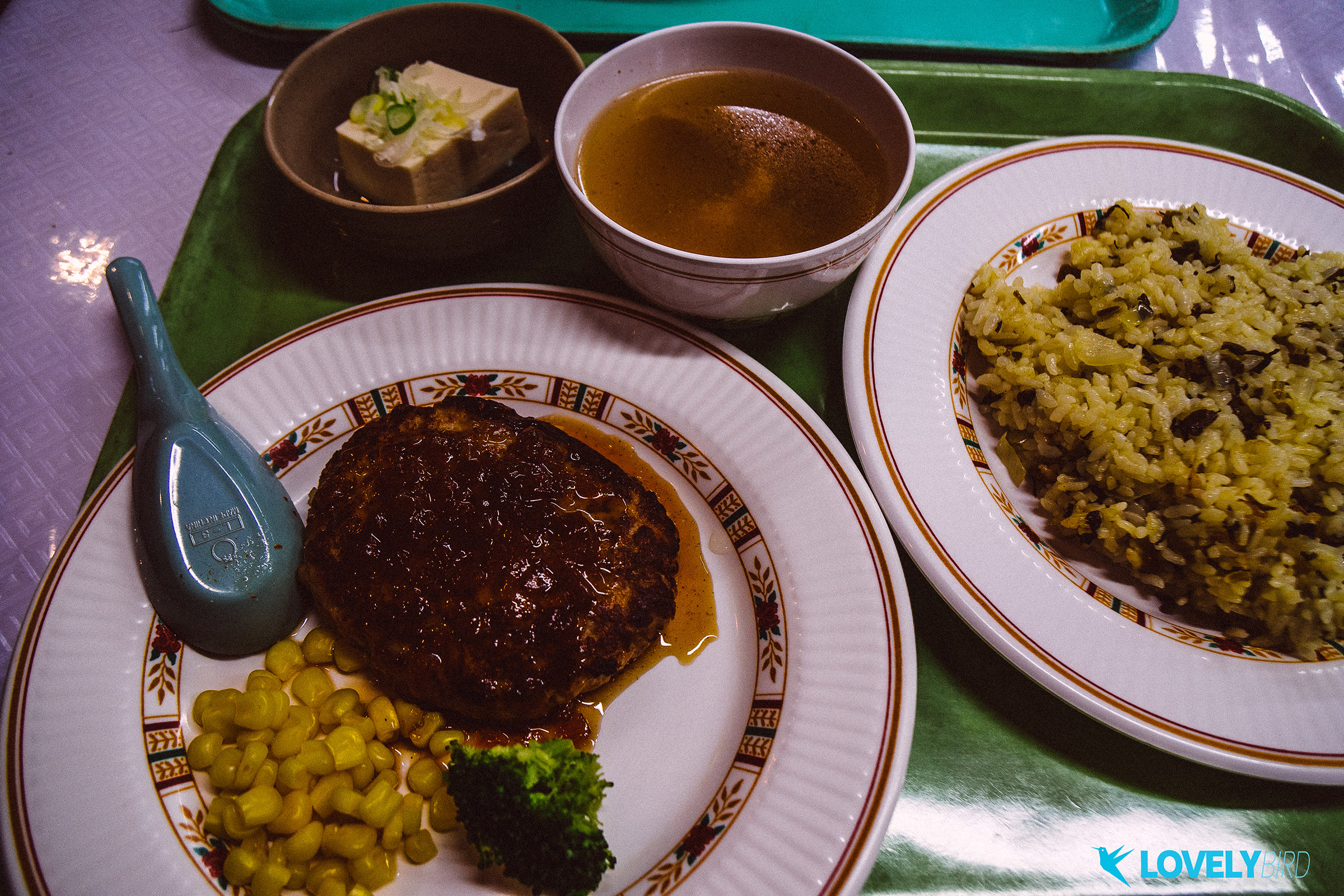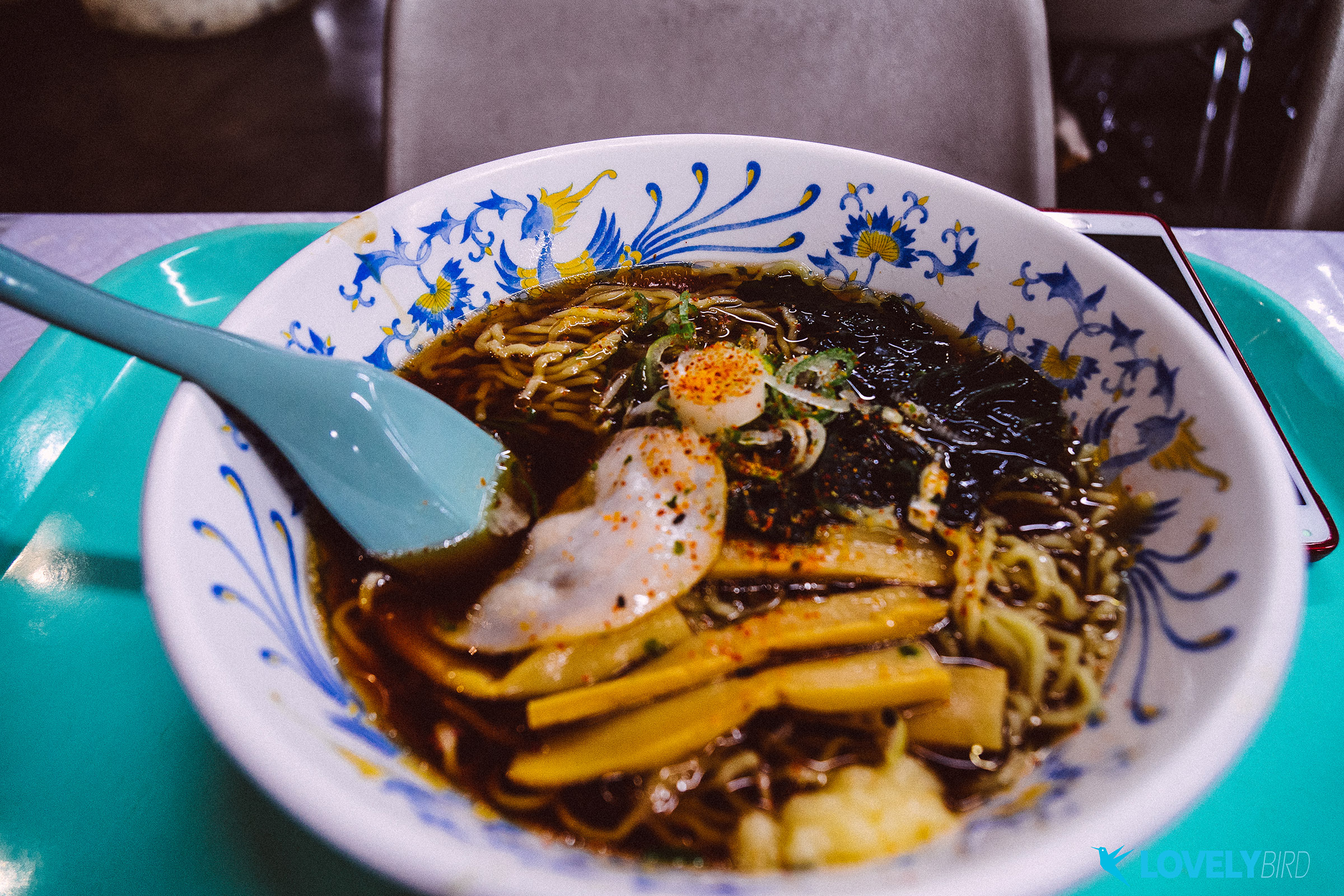特地安排前往東京大學,該校位於東京地鐵大江戶線本鄉三丁目站出口附近。 從東京車站出發,旅人約需30至40分鐘即可抵達。
We made time to visit the University of Tokyo, located near the exit of Hongo-sanchome Station on the Tokyo Metro Oedo Line. Travelers starting from Tokyo Station can reach it in approximately 30 to 40 minutes.
因是冬季,東京大學校園兩旁的銀杏行道樹枝葉已枯,略顯遺憾。若在春秋季節造訪,景色定然迷人。 然而,冬日的校園自有其蕭瑟之美,別具一番韻味。
As it was winter, the ginkgo trees lining the University of Tokyo’s campus had shed their leaves, which was a slight disappointment. Visiting in spring or autumn would surely offer stunning scenery. Yet, the winter campus holds its own austere beauty, exuding a unique charm.
東京大學校園面積不大,卻令人感到一股熟悉的親切感。 校園道路以對稱方式種植樹木,校樹與教室建築相得益彰,與台北的台灣大學椰林大道有幾分相似。
The University of Tokyo’s campus is modest in size but evokes a comforting sense of familiarity. Its pathways are lined with symmetrically planted trees, harmoniously complementing the classroom buildings, reminiscent of the iconic Coconut Grove Boulevard at National Taiwan University in Taipei.
細想之下,台灣大學的前身是日本殖民時期於1928年創立的臺北帝國大學,因此其建築風格與校園氛圍與東京大學頗有相似之處,令人感到熟悉卻不意外。
Reflecting on it, National Taiwan University’s predecessor was Taipei Imperial University, established in 1928 during Japan’s colonial rule. Thus, its architectural style and campus atmosphere bear a striking resemblance to those of the University of Tokyo, evoking a familiar yet unsurprising connection.
此次令人驚艷的並非東京大學的建築,而是其校園食堂的獨特魅力。
What truly impressed us this time was not the architecture of the University of Tokyo, but the unique charm of its campus cafeteria.
中午用餐時間,從東京大學正門直行,來到大堂地下室的食堂。 原本以為世界排名前20的大學,食堂會有華麗的建築風格。 然而,東京大學的地下室食堂並非華麗現代,也非寬敞宏大,反而帶有一種歷久彌新的樸實氛圍。 看到食堂阿姨熱情地端出一道道美食佳餚,並細看價目表,驚訝地發現投幣機上提供約64種各式料理,令人印象深刻。
At noon, we walked straight from the main gate of the University of Tokyo to the cafeteria in the basement of the main hall. Initially, we imagined that a top-20 global university would boast a cafeteria with grand, ornate architecture. Yet, the University of Tokyo’s basement cafeteria was neither lavish nor modern, nor particularly spacious, exuding instead a timeless, rustic charm. Watching the cafeteria staff warmly serve an array of delicious dishes and examining the menu, we were astonished to find approximately 64 diverse options available on the ticket machine, leaving a lasting impression.
在東京大學食堂,竟能以380日元品嚐拉麵,或以500日元享用豬排飯,令人驚喜。 對於常在日本旅行的旅人來說,日本餐點費用通常偏高,一個鐵路便當動輒約1000日元,餐廳套餐則往往介於1300至3000日元。
At the University of Tokyo’s cafeteria, one can enjoy ramen for just 380 yen or katsu rice for 500 yen, a delightful surprise. For travelers accustomed to Japan, dining costs often seem steep, with a railway bento typically around 1,000 yen and restaurant set meals ranging from 1,300 to 3,000 yen.
東京大學食堂的每道佳餚價格均在200至500日元之間。 如此實惠的價格,著實令人驚嘆。
Every dish at the University of Tokyo’s cafeteria is priced between 200 and 500 yen. Such affordable prices are truly astonishing.
想到食堂每天需準備並烹煮如此多樣的餐點,不由得敬佩廚師阿姨們的辛勤與用心。 轉念一想,這裡的餐點是為日本的優秀學子服務,自然不會馬虎,因此價格更顯實惠,令人讚嘆。
Considering the daily effort required to prepare and cook such a variety of dishes, one cannot help but admire the dedication and skill of the cafeteria’s kitchen staff. On second thought, serving Japan’s brightest students demands high standards, so it’s no surprise that the prices are remarkably affordable, earning heartfelt appreciation.
健康的飲食觀念值得我們學習與重視。英國名廚傑米·奧利弗(Jamie Oliver)曾推動英美校園餐廳的飲食改革,強調學生對健康飲食的迫切需求,這也需要國家政策的配合與執行。
The importance of healthy eating is a lesson worth learning. Renowned British chef Jamie Oliver once championed reforms in school cafeterias in the UK and US, highlighting students’ critical need for nutritious meals, which requires support and implementation through national policies.
相較之下,台灣小學的營養午餐通常僅提供單一選擇,預算不到30元,難以與東京大學食堂相比。 小朋友的飲食健康至關重要,值得更多關注與改善。
In contrast, Taiwan’s elementary school lunches typically offer only one option with a budget of less than 30 TWD, far less diverse than the University of Tokyo’s cafeteria. Children’s dietary health is of utmost importance and deserves greater attention and improvement.

